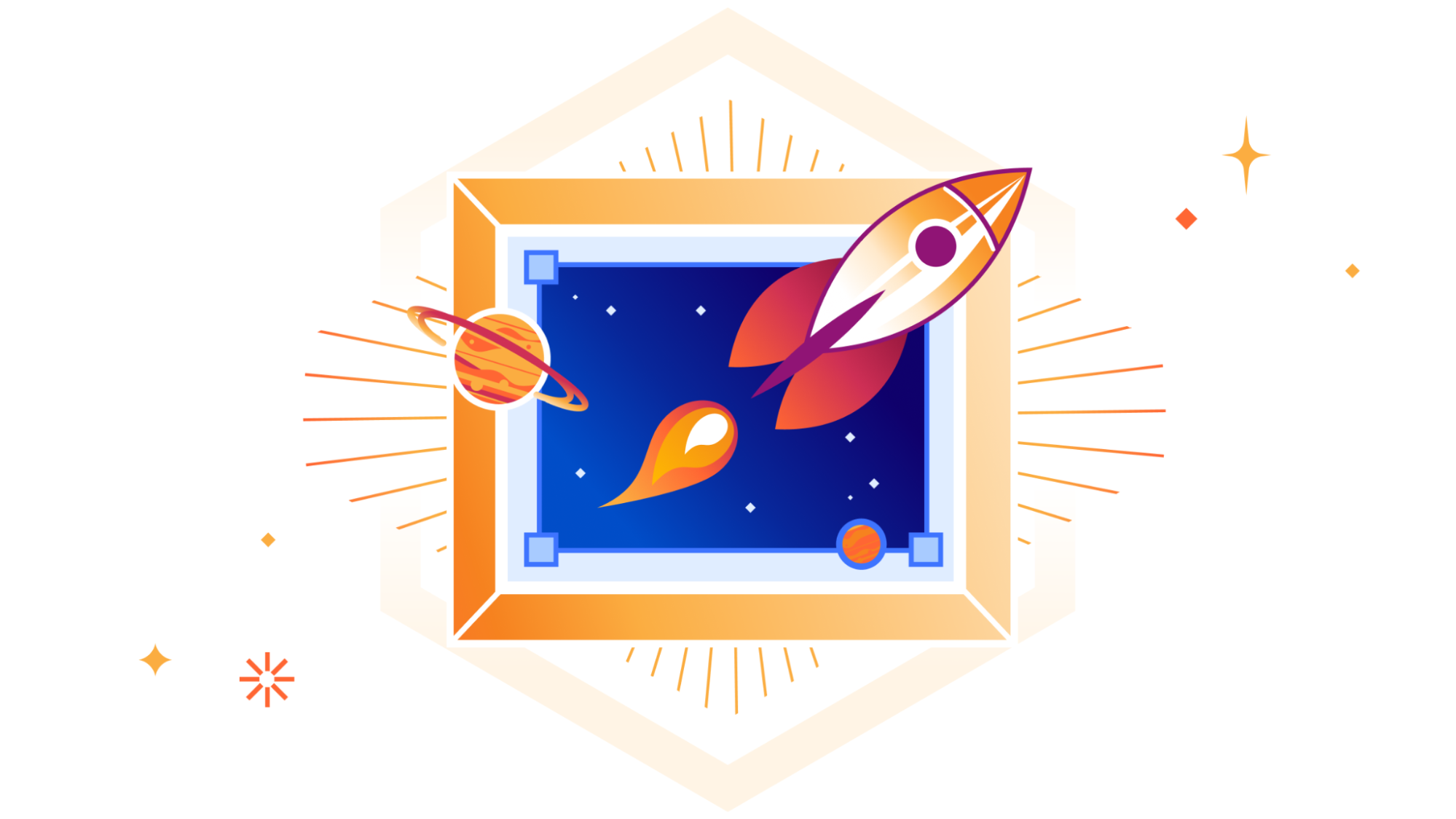Author Archives: Deanna Lam
Author Archives: Deanna Lam
Last week, we wrote about face cropping for Images, which runs an open-source face detection model in Workers AI to automatically crop images of people at scale.
It wasn’t too long ago when deploying AI workloads was prohibitively complex. Real-time inference previously required specialized (and costly) hardware, and we didn’t always have standard abstractions for deployment. We also didn’t always have Workers AI to enable developers — including ourselves — to ship AI features without this additional overhead.
And whether you’re skeptical or celebratory of AI, you’ve likely seen its explosive progression. New benchmark-breaking computational models are released every week. We now expect a fairly high degree of accuracy — the more important differentiators are how well a model fits within a product’s infrastructure and what developers do with its predictions.
This week, we’re introducing background removal for Images. This feature runs a dichotomous image segmentation model on Workers AI to isolate subjects in an image from their backgrounds. We took a controlled, deliberate approach to testing models for efficiency and accuracy.
Here’s how we evaluated various image segmentation models to develop background removal.
In computer vision, image segmentation is the process of splitting Continue reading
During Developer Week 2024, we introduced AI face cropping in private beta. This feature automatically crops images around detected faces, and marks the first release in our upcoming suite of AI image manipulation capabilities.
AI face cropping is now available in Images for everyone. To bring this feature to general availability, we moved our CPU-based prototype to a GPU-based implementation in Workers AI, enabling us to address a number of technical challenges, including memory leaks that could hamper large-scale use.

Photograph by Suad Kamardeen (@suadkamardeen) on Unsplash
We developed face cropping with two particular use cases in mind:
Social media platforms and AI chatbots. We observed a lot of traffic from customers who use Images to turn unedited images of people into smaller profile pictures in neat, fixed shapes.
E-commerce platforms. The same product photo might appear in a grid of thumbnails on a gallery page, then again on an individual product page with a larger view. The following example illustrates how cropping can change the emphasis from the model’s shirt to their sunglasses.

Photograph by Media Modifier (@mediamodifier) on Unsplash
When handling high volumes of media content, preparing images for production can be Continue reading
When building a full-stack application, many developers spend a surprising amount of time trying to make sure that the various services they use can communicate and interact with each other. Media-rich applications require image and video pipelines that can integrate seamlessly with the rest of your technology stack.
With this in mind, we’re excited to introduce the Images binding, a way to connect the Images API directly to your Worker and enable new, programmatic workflows. The binding removes unnecessary friction from application development by allowing you to transform, overlay, and encode images within the Cloudflare Developer Platform ecosystem.
In this post, we’ll explain how the Images binding works, as well as the decisions behind local development support. We’ll also walk through an example app that watermarks and encodes a user-uploaded image, then uploads the output directly to an R2 bucket.
Cloudflare Images was designed to help developers build scalable, cost-effective, and reliable image pipelines. You can deliver multiple copies of an image — each resized, manipulated, and encoded based on your needs. Only the original image needs to be stored; different versions are generated dynamically, or as requested by a user’s browser, then subsequently served Continue reading

Our customers use Cloudflare Calls, Stream, and Images to build live, interactive, and real-time experiences for their users. We want to reduce friction by making it easier to get data into our products. This also means providing transparent pricing, so customers can be confident that costs make economic sense for their business, especially as they scale.
Today, we’re introducing four new improvements to help you build media applications with Cloudflare:
Cloudflare Calls is now in open beta, and you can activate it from your dashboard. Your usage will be free until May 15, 2024. Starting May 15, 2024, customers with a Calls subscription will receive the first terabyte each month for free, with any usage beyond that charged at $0.05 per real-time gigabyte. Additionally, there are no charges for Continue reading


Starting November 15, 2023, we’re merging Cloudflare Images and Image Resizing.
All Image Resizing features will be available as part of the Cloudflare Images product. To let you calculate your monthly costs more accurately and reliably, we’re changing how we bill to resize images that aren’t stored at Cloudflare. Our new pricing model will cost $0.50 per 1,000 unique transformations.
For existing Image Resizing customers, you can continue to use the legacy version of Image Resizing. When the merge is live, then you can opt into the new pricing model for more predictable pricing.
In this post, we'll cover why we came to this decision, what's changing, and how these changes might impact you.
When you build an application with images, you need to think about three separate operations: storage, optimization, and delivery.
In 2019, we launched Image Resizing, which can optimize and transform any publicly available image on the Internet based on a set of parameters. This enables our customers to deliver variants of a single image for each use case without creating and storing additional copies.
For example, an e-commerce platform for furniture retailers might use the same image of a lamp on Continue reading